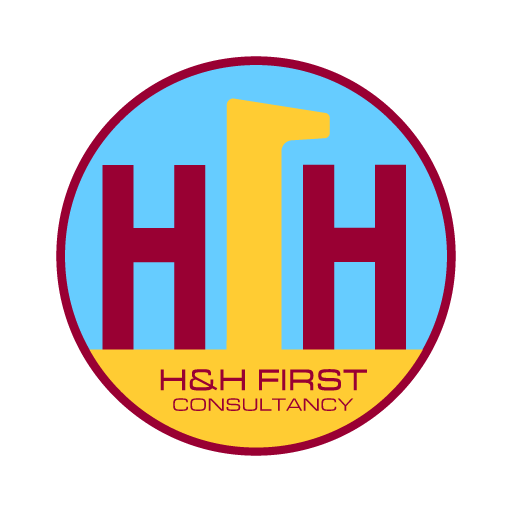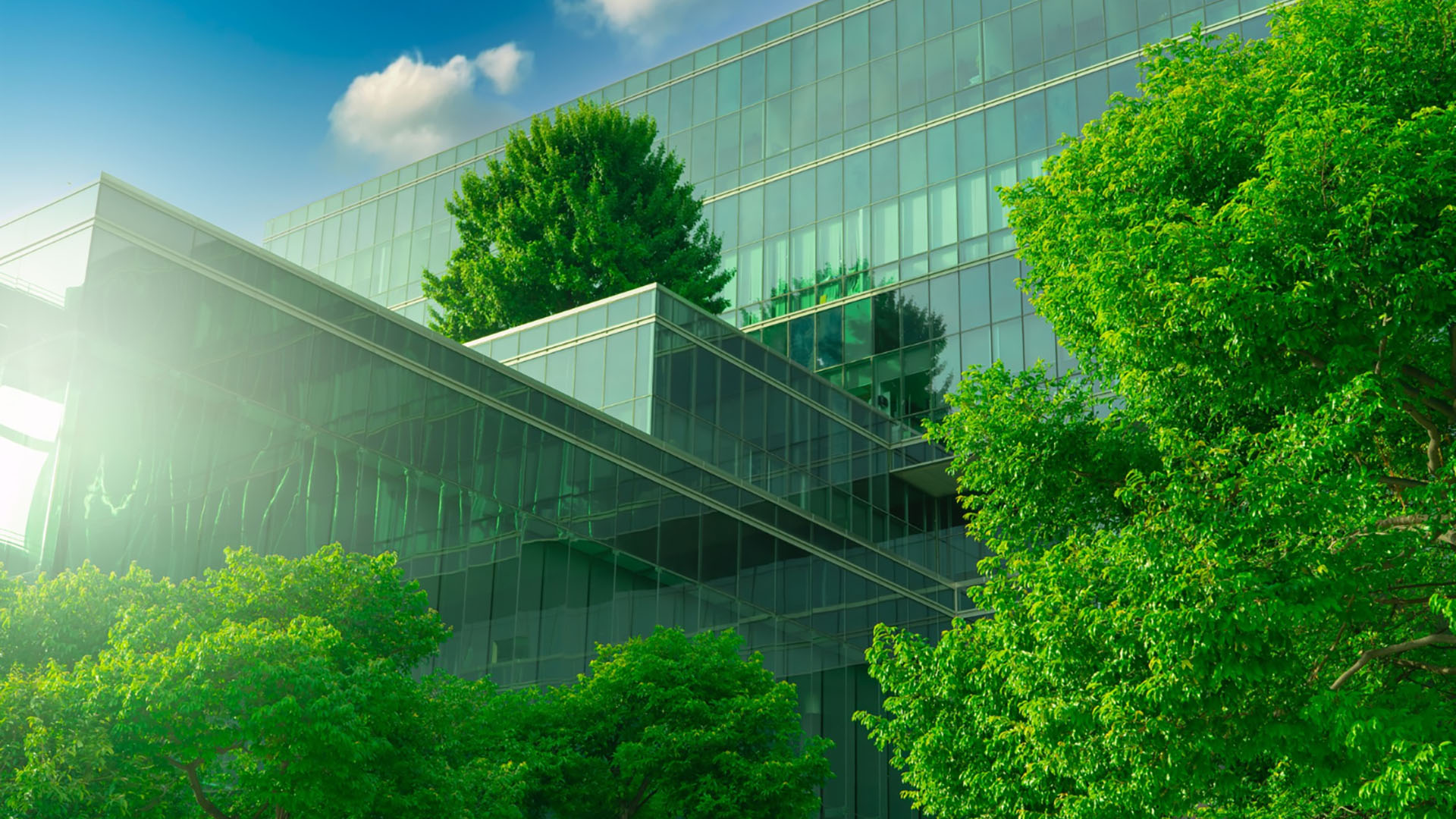Sustainable buildings are not only good for the environment but also for the bottom line. Energy-efficient buildings can reduce operational costs, enhance occupant comfort, and increase asset value. However, achieving high levels of energy efficiency in buildings requires a comprehensive and integrated approach to MEP design.
Understanding Energy Efficiency
To achieve energy efficiency, it’s important to understand what it means and how it relates to sustainable building design. Energy efficiency is the use of technology and best practices to reduce energy consumption while maintaining or improving building performance. It’s crucial to analyze energy consumption patterns and use building performance metrics to track energy use and make data-driven decisions.
MEP Design Strategies for Energy Efficiency
There are several strategies that MEP consultants can use to improve energy efficiency in buildings. One such strategy is optimizing HVAC systems, which can account for up to 40% of a building’s energy consumption. MEP consultants can also use lighting controls, such as occupancy sensors and daylight harvesting, to reduce lighting energy use. Renewable energy systems, such as solar panels or wind turbines, can also be incorporated into a building’s design to generate clean energy.
Integration and Optimization
One of the keys to achieving high levels of energy efficiency is integrating MEP systems with other building systems and optimizing their performance. Commissioning, testing, and ongoing monitoring and maintenance are essential to ensure that MEP systems are performing at their highest potential.
Conclusion
By implementing these energy-efficient strategies and optimizing MEP systems, sustainable buildings can reduce their carbon footprint and increase their operational efficiency. As an MEP consultancy firm, we are committed to helping our clients achieve their sustainable building goals by providing expert MEP design services.



